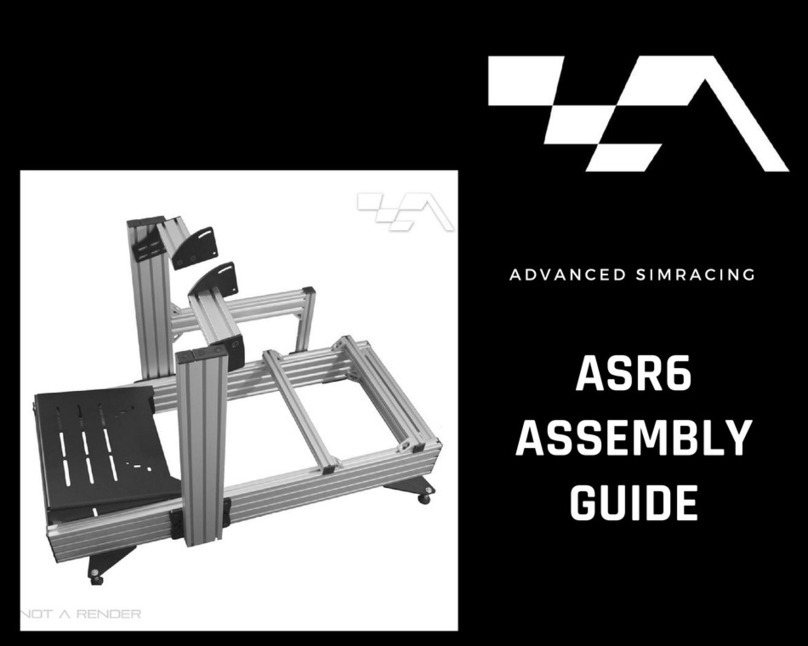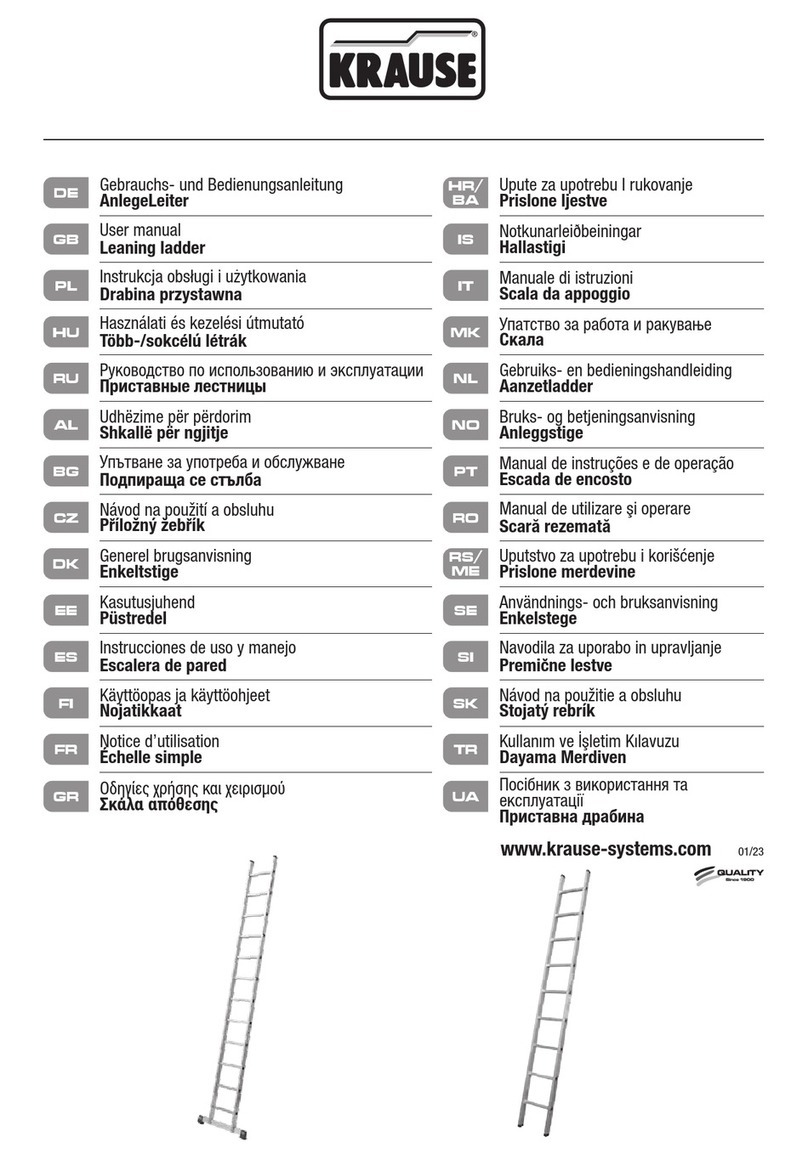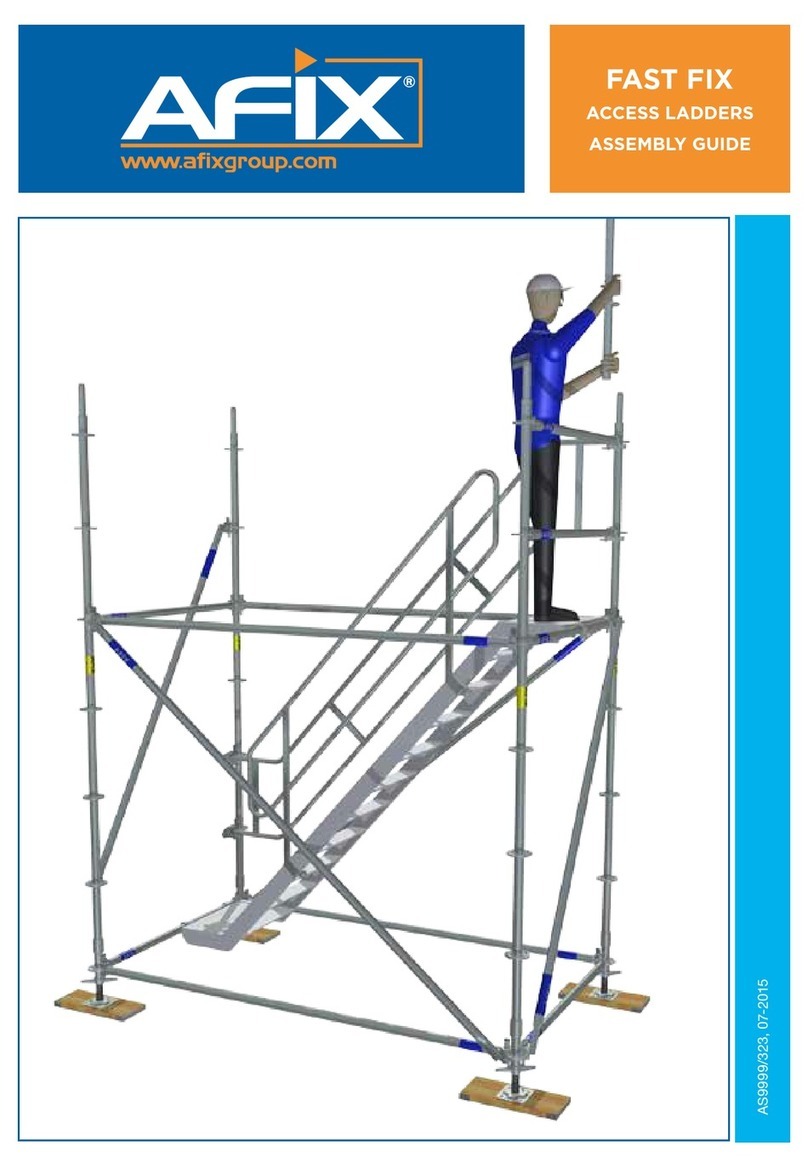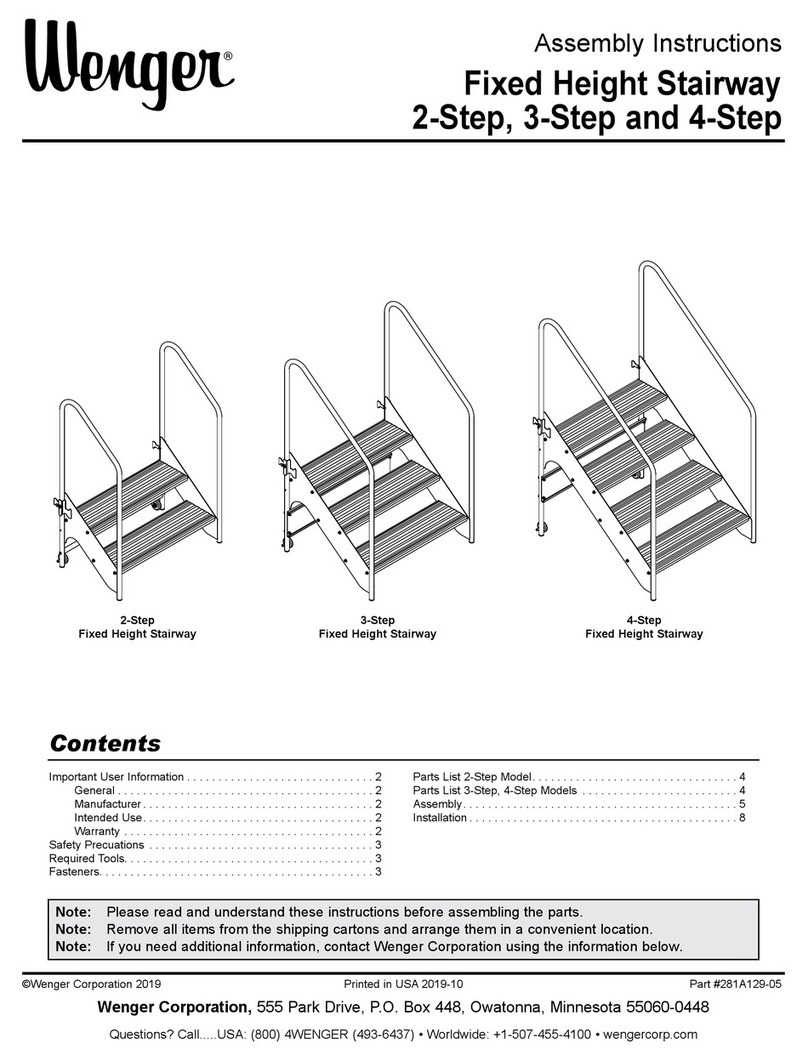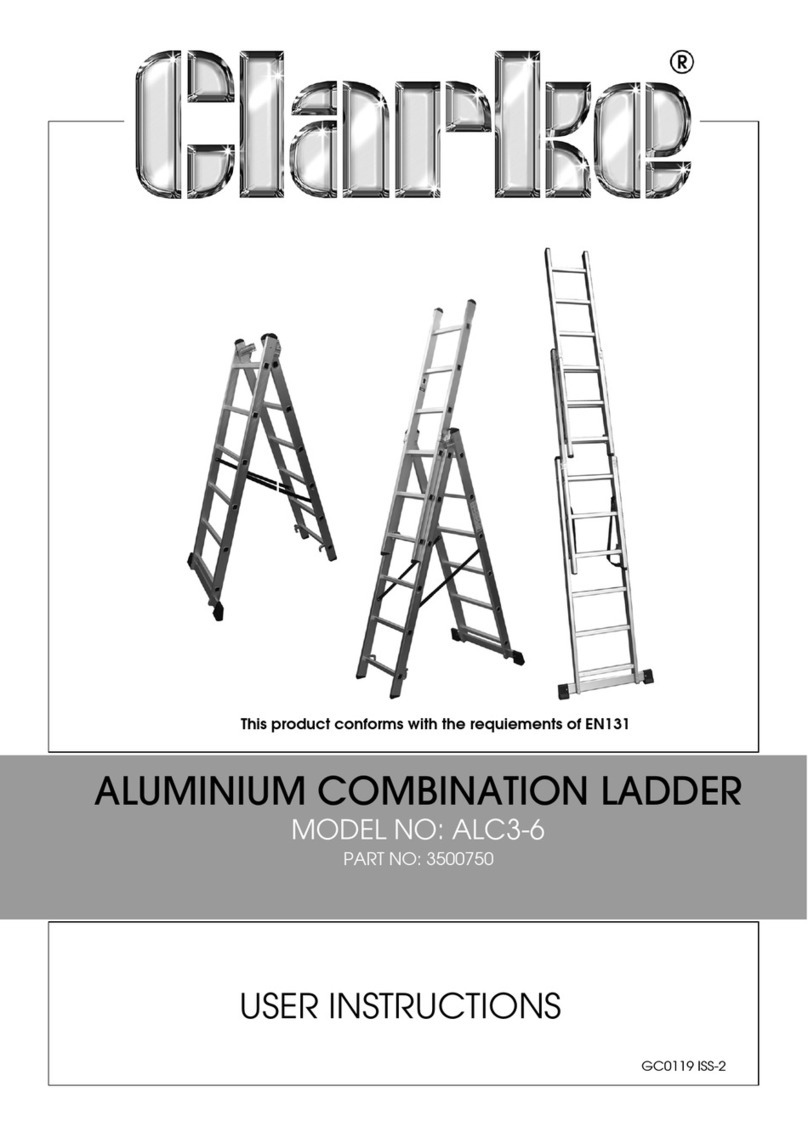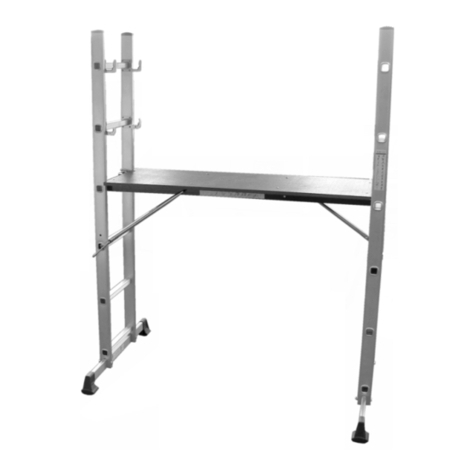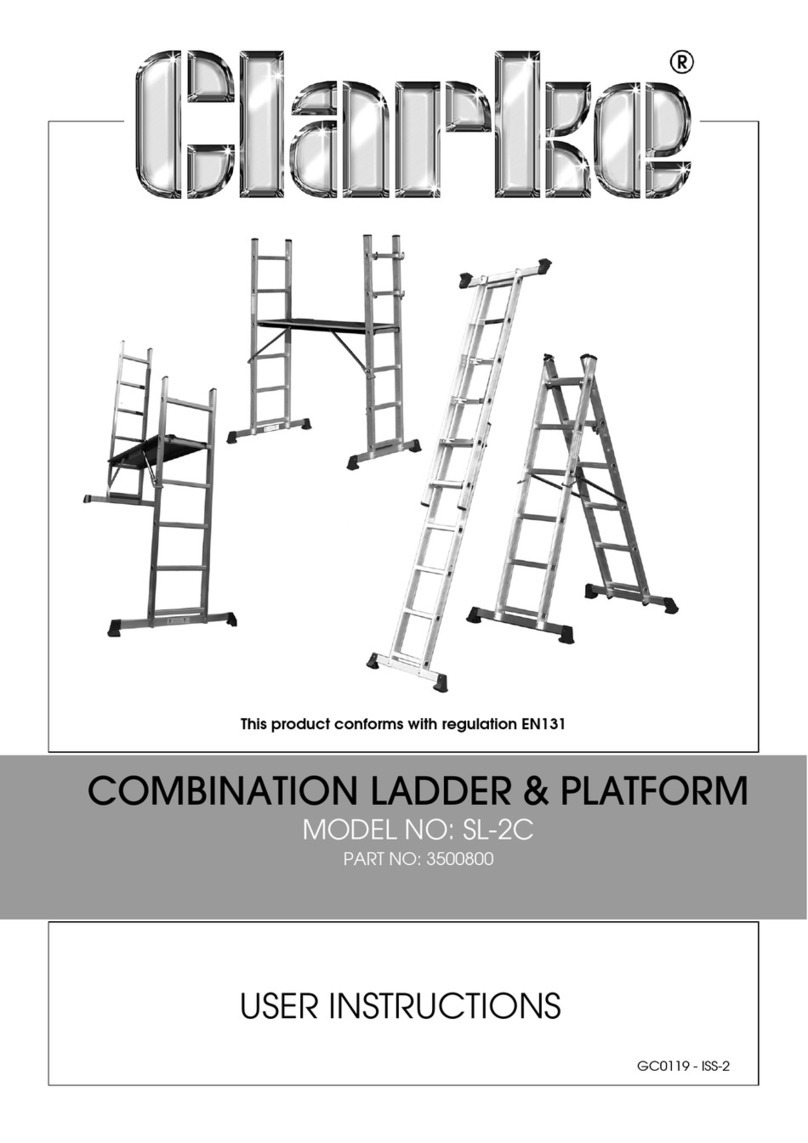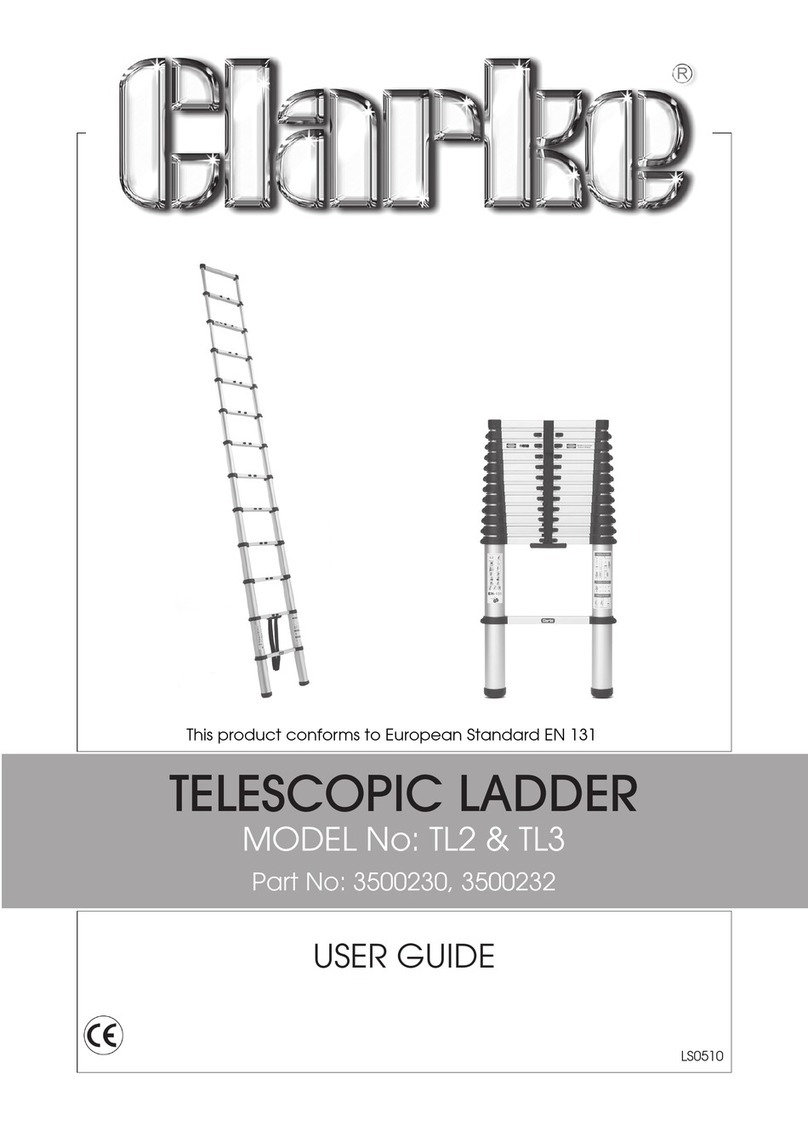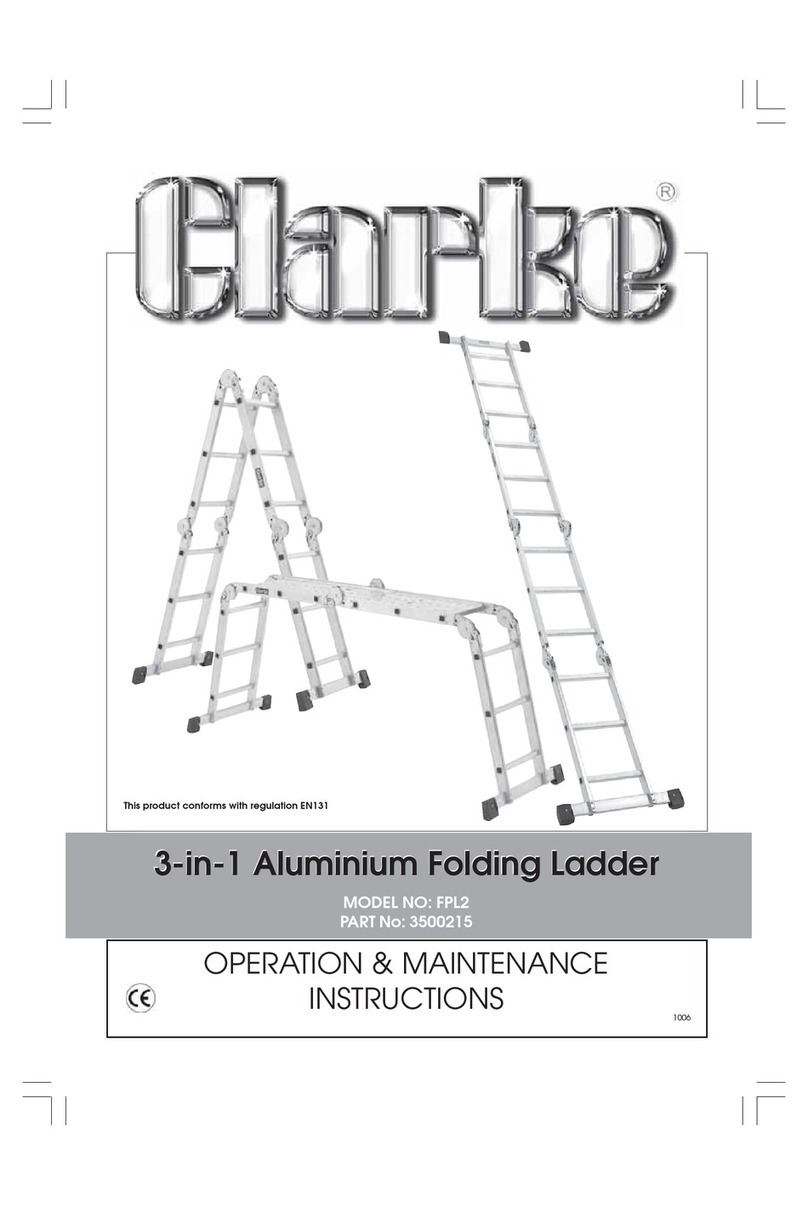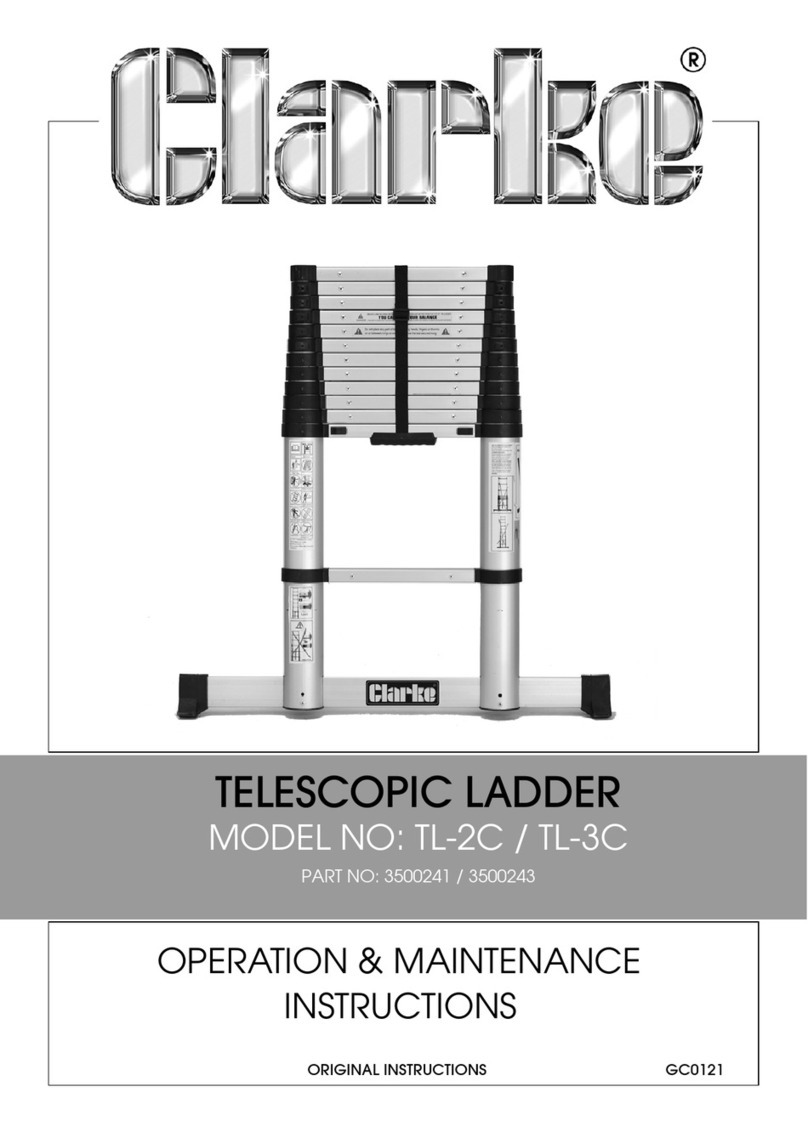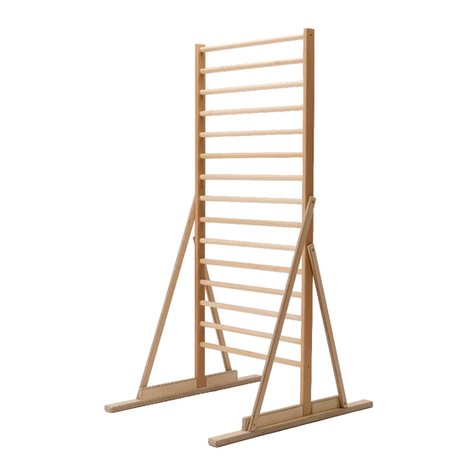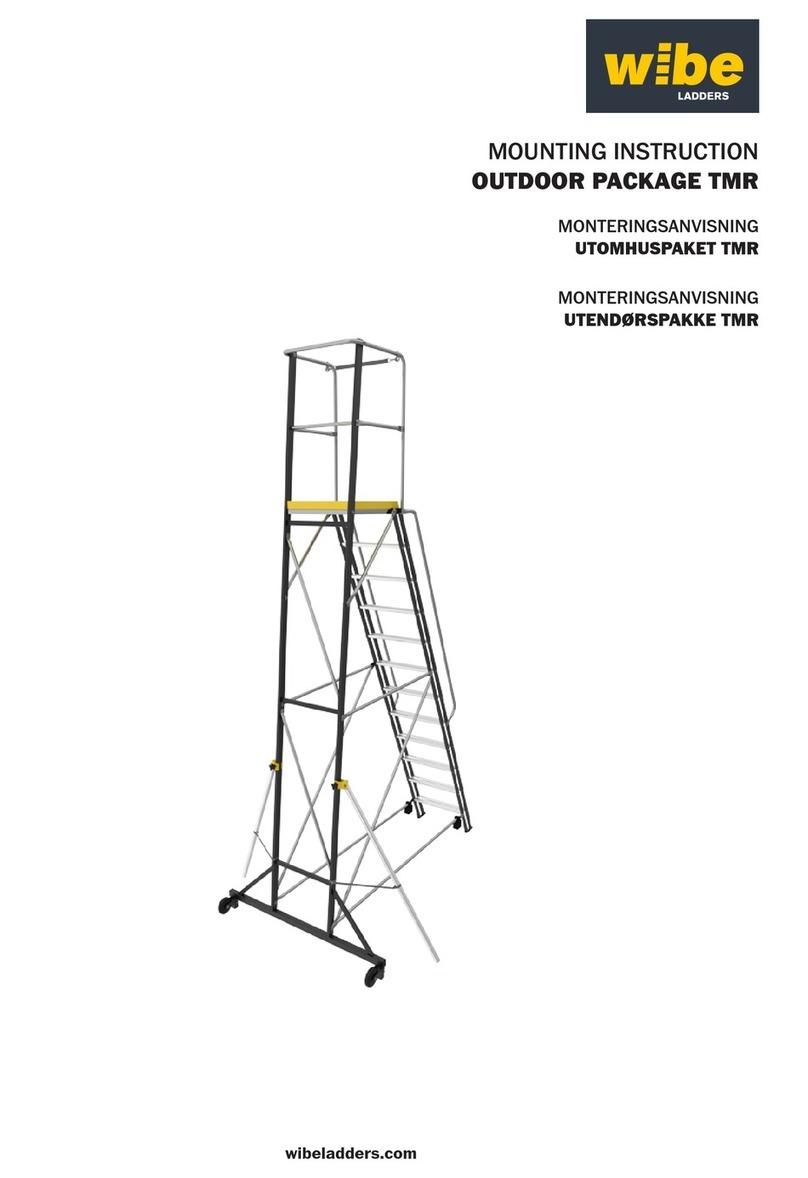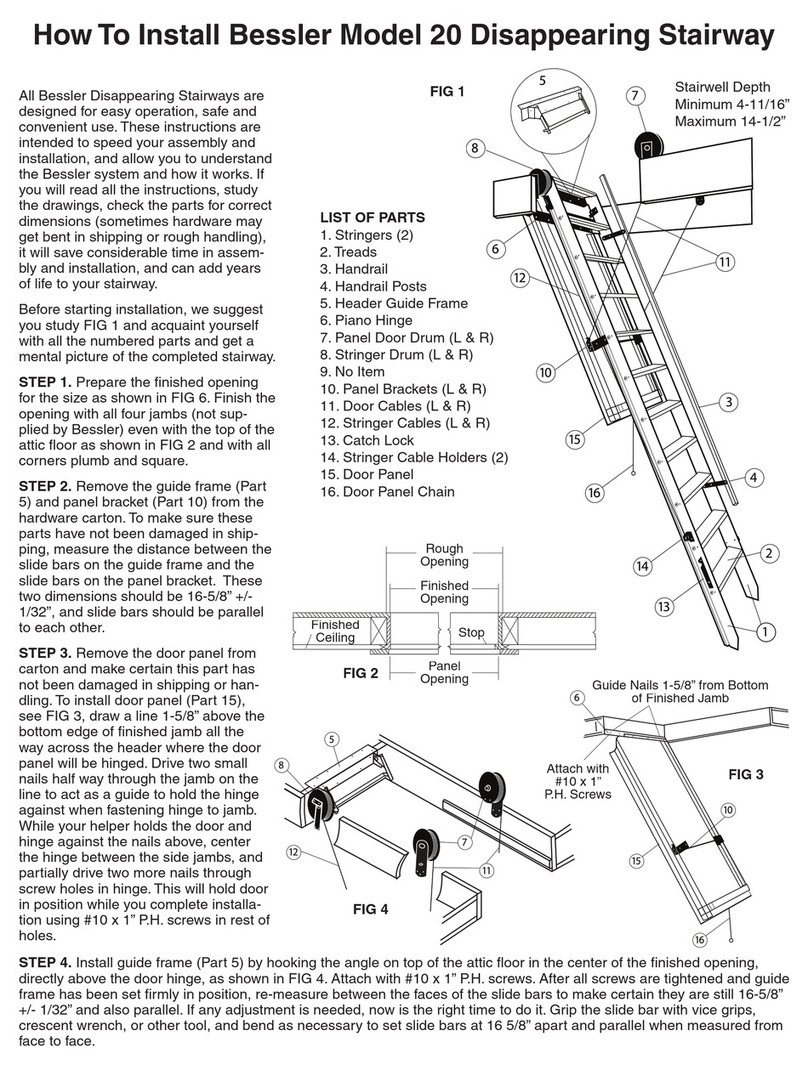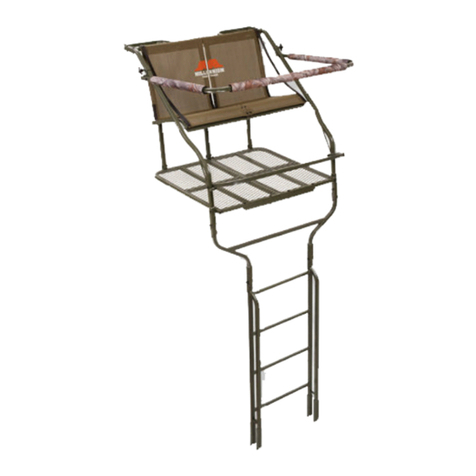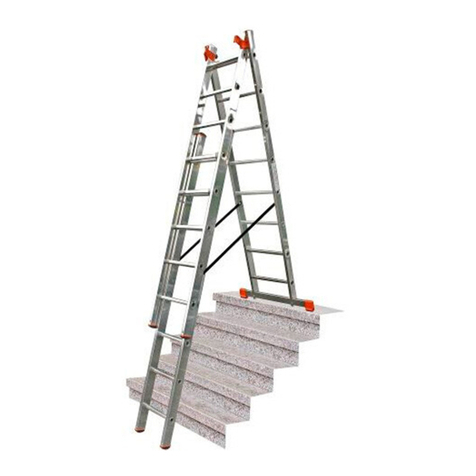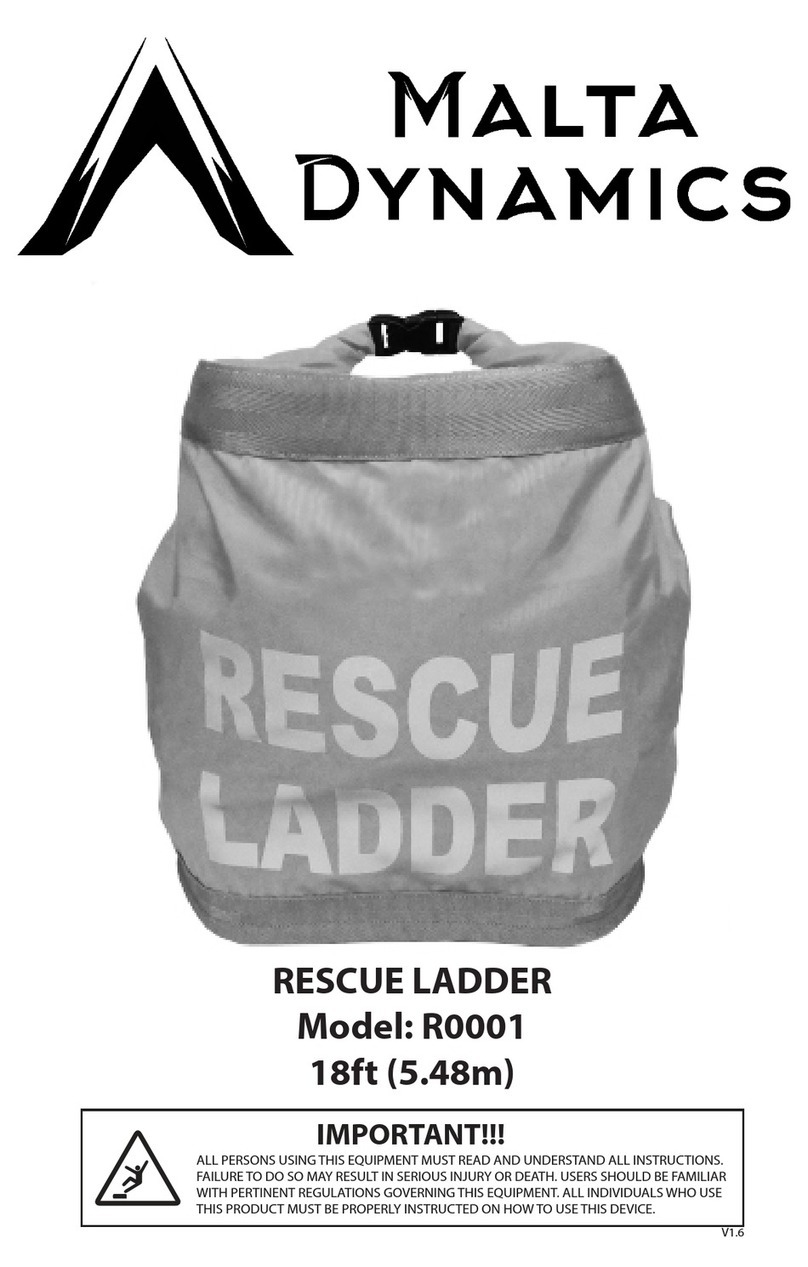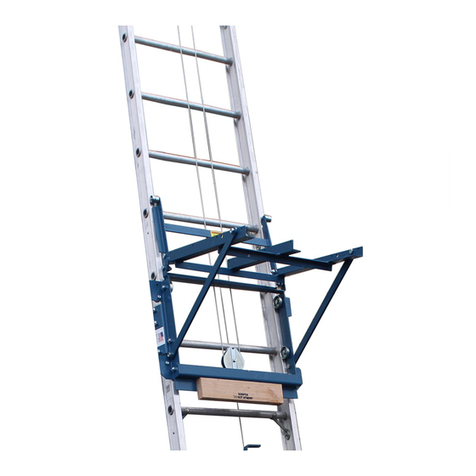
4
Parts & Service: 020 8988 7400 / E-mail: Parts@clarkeinternational.com or Service@clarkeinternational.com
LADDER SAFETY
• DON’T exceed the maximum load, this ladder is built for maximum load
of 150 kg.
• DON’T be tempted to use a ladder if you are not fit enough, or suffer
from giddiness or aren’t confident with heights.
• DON’T stand on the top three rungs.
• Don’t overreach; user should keep their belt buckle (navel) inside the
stiles and both feet on the same step/rung throughout the task. Move
the ladder and re-secure it whenever necessary.
• DON’T use the ladder if the rubber feet/plastic end caps are missing.
• DON’T carry heavy items or long lengths of material up a ladder.
• DON’T use a ladder in strong winds or near any power lines.
• DON’T allow any child under 16 to use a ladder.
• DON’T step off a ladder at a high level.
• DON’T use the ladder outside in adverse weather conditions.
• DON’T spend long periods on a ladder without regular breaks (tiredness
is a risk).
• DO extend the ladder at least 1 m above the landing point;
• DO remember that their safest angle of use comes when every 1
measure out from the wall is matched by 4 measures up it. Remember
the rule: ‘ONE OUT FOR FOUR UP’.
• DO try to keep both hands free to hold the ladder as much as possible
while you are climbing or descending - if you need to carry any tools,
use a shoulder bag, belt holster or belt hooks.
• DO hold onto the ladder with one hand while you work. You can get
special trays which fit between the stiles to take paint pots, tools etc.
• DO make sure a door is locked, blocked or guarded by someone if you
are up a ladder in front of it.
• DO familiarise yourself with the operation of the hinges and locks.
• DO keep a secure grip on the ladder when ascending and descending.
• DO wear suitable footwear when climbing a ladder.
• DO avoid work that imposes a sideways loading, such as side-on drilling
through solid materials (e.g. brick or concrete).

